The history of handmade tiles in Tunisia is fascinating. Green Prophet digs deep between the tiles of a rundown factory in Roman Neapolis, Nabeul, a historic tile making center in Tunisia, to discover what fragments remain of this disappearing art.
Although handmade decorated tiles were used in some early mosques, it was only in the 1600’s, with the final great exodus of Andalusian Muslims to Tunisia, that the application of enamel techniques revived the fading ceramic centers around the country.
Originally tiles were produced for utilitarian, rather than decorative purposes.
Ceramic tiles acquired important decorative purposes and were highly influenced by Ottoman and Andalusian motifs which culminated around the same time. In 1574, following the Turkish victory over the Hafsids, Ottoman tastes took over the Tunisian home as Tunisians reoriented themselves eastward.
In 1609, the final expulsion of Muslims from Spain, which saw more than 80,000 refugees settle in Tunisia, brought with it Andalusian tile making techniques which were readily adopted by Tunisian tile makers .
In 2003 Nabeul, counted more than 350 workshops and factories, with tile production being the largest employment sector in the area. Following the 2011 revolution, many workshops are closing down and, apart from industrially and serially made tiles destined for tourists, workshops which produce handmade tiles with traditional motifs are becoming rarer by the year.
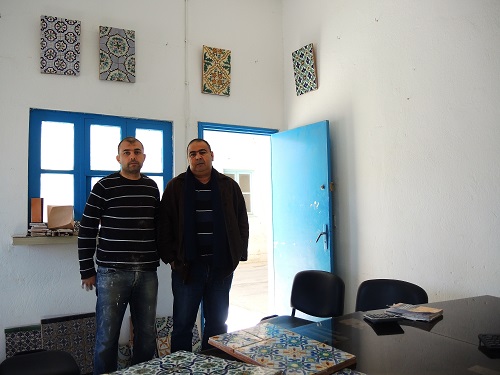
“La maison des Arts”, is one of the remaining ateliers where Zobaier, “Technical Director” and Noomen, “Business Director” make ends meet primarily driven by passion. According to Zobaier “Passion is the ingredient which is largely missing in today’s generation, which have not grown up next to their parents working in the workshops, but in front of books at school.”
In fact, of the 6 employees employed at La maison des Arts, 4 of them grew up watching their parents work in the tile making business, and so with them grew the passion for this craftsmanship.
Even though artisans are paid twice the minimum wage in Tunisia, and manual labor is highly sought after, it is hard to find young workers willing to work in this sector, as Zobaier reiterates “it is challenging to work long hours painting hundreds of tiles by hand, without having the passion for it.”
Nevertheless post revolution has seen an increase of 20% in exports for this workshop, but when I asked Noomen about the future of the handmade tiles industry, I was immediately told frankly “for us to do well, Tunisia has to sort its politics first.”
As he points out “our year zero is now 2011, of course production was higher before the revolution, but now there are good prospects if the domestic economic environment allows us to expand.”
If the handmade tile making industry in Tunisia is still afloat, it is largely thanks to the Algerian, Japanese and American clients. Tunisian clients, are increasingly preferring to import modern tiles rather than traditional tiles.
The process in making handmade tiles is as follows:
1. Clay from Tabarka is imported to Nabeul which is worked into stamps by the skillful gestures of a young Tunisian worker, depending on the model, each tile costs between 3 dinar (3 USD) and 5 dinars (5 USD) .
2. The clay tiles are then left to dry in the sun and subsequently placed in a kiln at 1300 degrees Celsius for 8 hours.
3. Each square tile is then covered with a special base layer of white , each “atelier” or family has its own secret enamel recipe. Zobaier learned this enamel recipe from his father, renown for its luminescent white.
4. A tile can be either “stamped” with various colors using screen printing techniques…
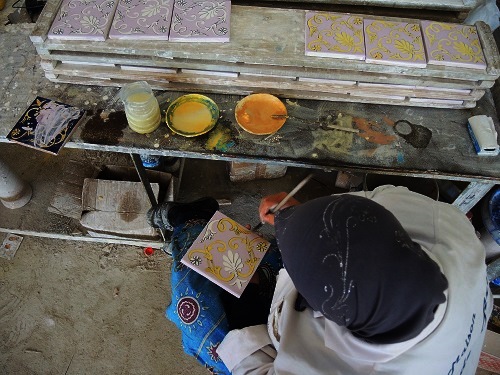 Hand painted with black guidelines…..
Hand painted with black guidelines…..
 or hand painted free-form, which requires the greatest skill.
or hand painted free-form, which requires the greatest skill.
Zobaier’s favorite tile motif is “les feuilles de raisins” , it is the most ancient Tunisian motif, and requires the most skill to paint
More on the tiles in the MENA region:
Claesson Koivisto Rune Gives Moroccan Tiles a Lean Scandinavian Touch
Blatt Chaya Revives Traditional Floor Tile Making in Lebanon
Images of Handmade Tiles taken by Linda Pappagallo for GreenProphet

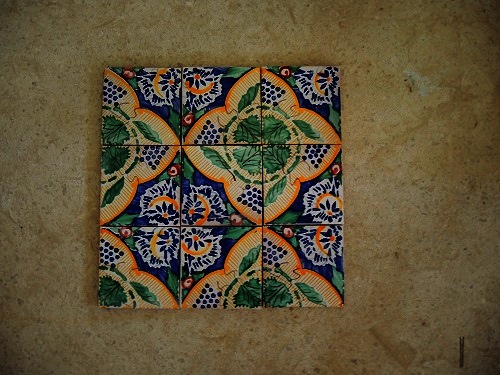
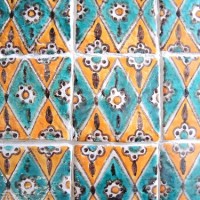
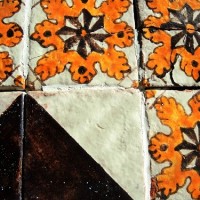
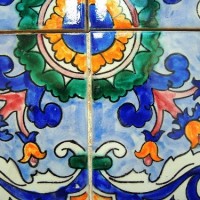
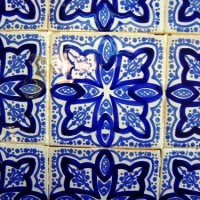

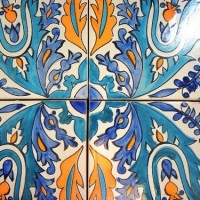
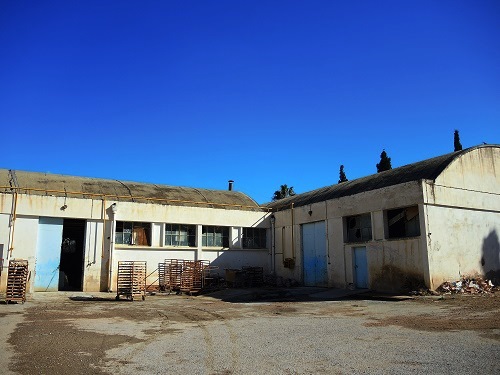
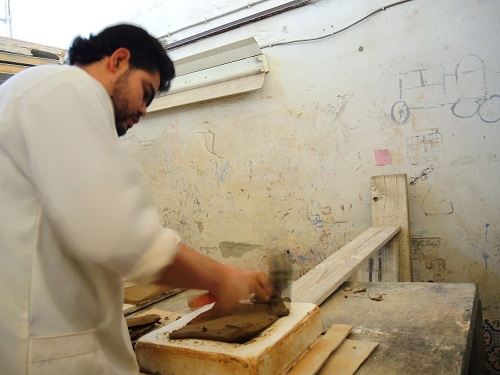
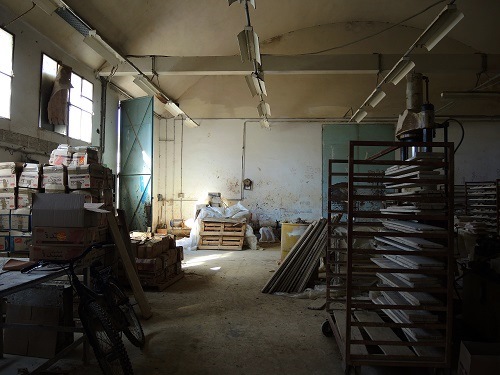
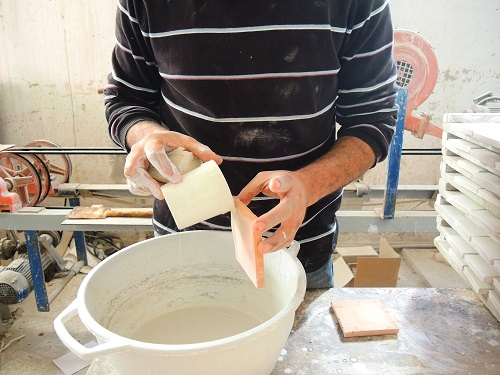
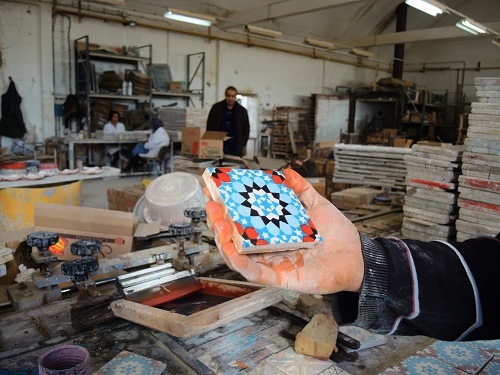
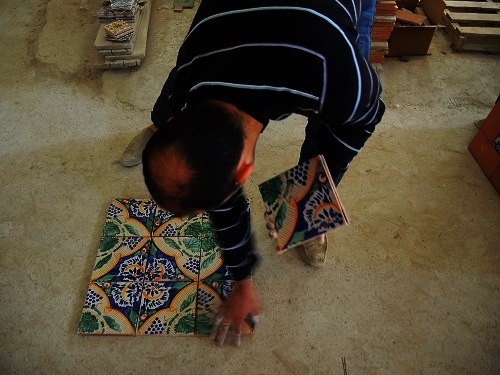



One thought on “Tunisia’s handmade tiles risk disappearing forever”
Comments are closed.